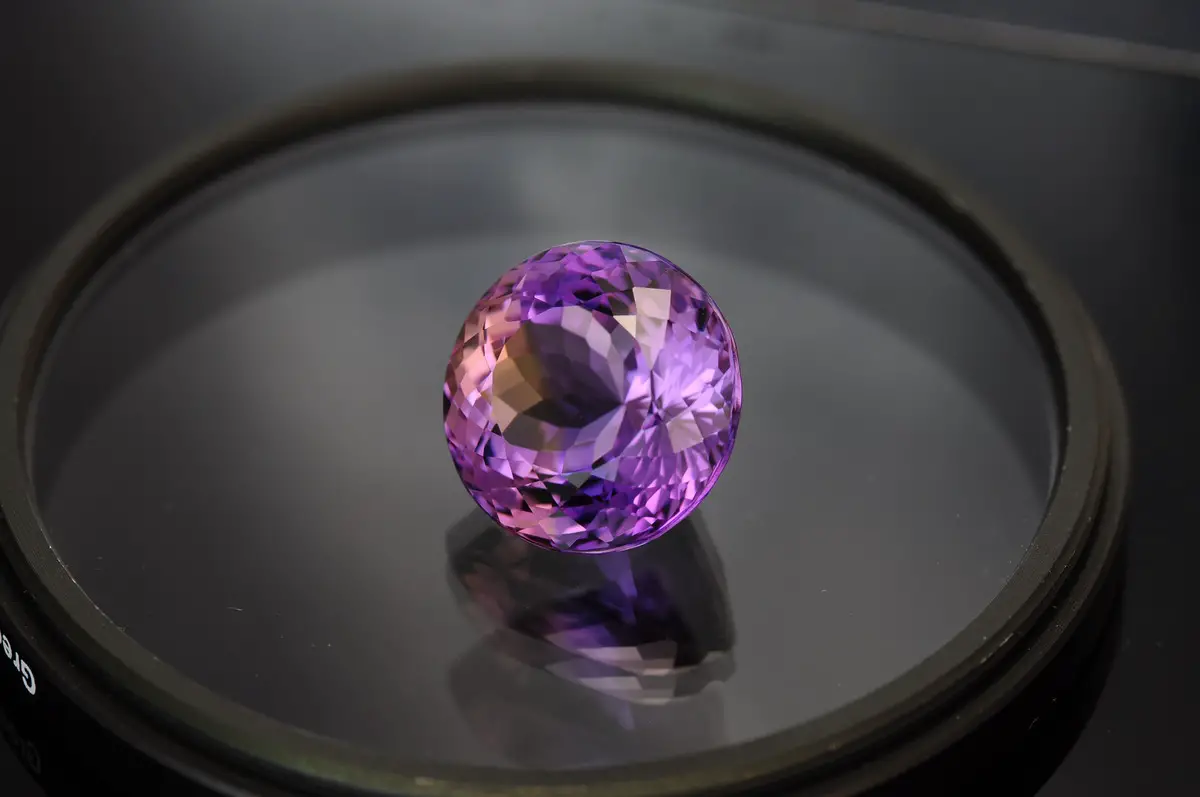World 🢖 Africa 🢖 Madagascar
Gemstone finds 🢔 Rare natural materials 🢔 Geological wonders 🢔 Categories of wonders
Wonder
Antsongombato gemstone mine – the only find of londonite gems
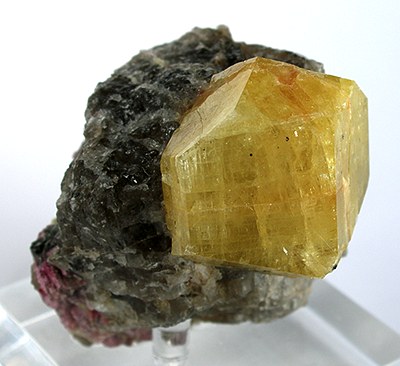
 In short
In short
There is only one place in the world where gem-quality londonite has been found: the Antsongombato gem mine in Madagascar. Just hundreds of grams of these crystals have been mined.
 36.8%
36.8%
GPS coordinates
Location, address
Gemstones
Map of the site
If you see this after your page is loaded completely, leafletJS files are missing.
 In detail
In detail
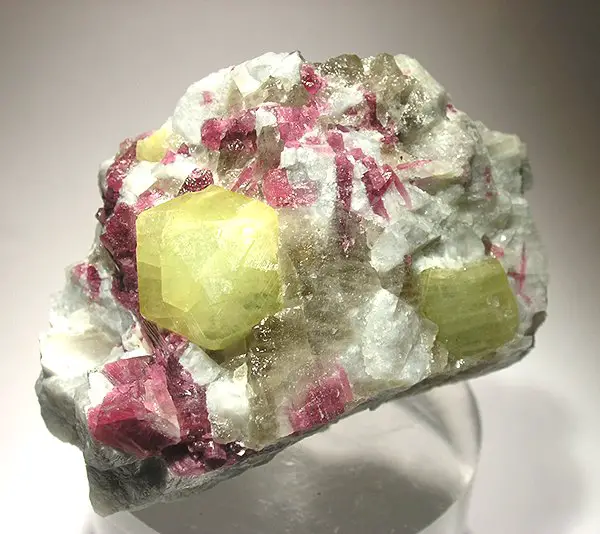
The history of Antsongombato gemstone mine
Rhodizite
In 1834 was described a rare mineral – rhodizite. In spite of its long history (most of the other minerals were discovered later), rhodizite turned out to be a true rarity. Crystals of visible size are found just in three countries – Madagascar, Russia, and the USA (Wisconsin).
Specialists since the 1920ies noticed that the largest and most interesting rhodizite crystals are in Madagascar. The first crystals of a gem-quality rhodizite were found in the central part of Madagascar in the 1920ies in Sahatany Valley some 35 km from Antsongombato.
Discovery of a new mineral near Antsongombato
The pegmatites at Antsongombato, on the northern slopes of Mount Manentoakoho were known already since the early 20th century due to beautiful red tourmalines from these rocks. In the 1930ies, though, this area was abandoned and mines became less known.
The interest of gem prospectors in the pegmatites of Antsongombato renewed in the 1960ies when some gem-quality rhodizite crystals (or – maybe londonite?) were found there. Some of them were faceted, but one especially beautiful sample of 7 cm large rhodizite-londonite crystal was brought to the Museum of the School of Mines in Paris.
Only around 1995-1998 experienced mineralogists started to research the unique local minerals more closely. In October 1998 a new set of pegmatite dikes was discovered and the gorgeous yellow crystals were just too intimidating. It turned out that these crystals have a different chemical composition – cesium-aluminum-beryllium borate while rhodizite is potassium-aluminum-beryllium borate.
This new mineral was named londonite to mark the exceptional input of mineralogist David London (b. 1953, University of Oklahoma) in the research of the formation of granitic pegmatites.
Londonite was approved as a new mineral in 1999 and named in 2001 (2.).
History of mining
Already in late 1998 Madagascan company “Pyramide” started mining there. Mining was done carefully, by hand in order to preserve as many crystals as possible. Besides the gemstones, they mined also beautiful collector’s material: yellow londonites-rhodizites together with red tourmalines and blue apatites. Active mining continued until January 2001. Since then mining activities have decreased although, most likely, there still are fine londonite and rhodizite crystals.
In total, some hundreds of grams of gem-quality londonites and londonites-rhodizites were mined and more than 300 carats of gemstones were faceted from these crystals. The largest faceted gems rarely exceed the weight of 2 carats.
Pegmatites with the unique yellow stones
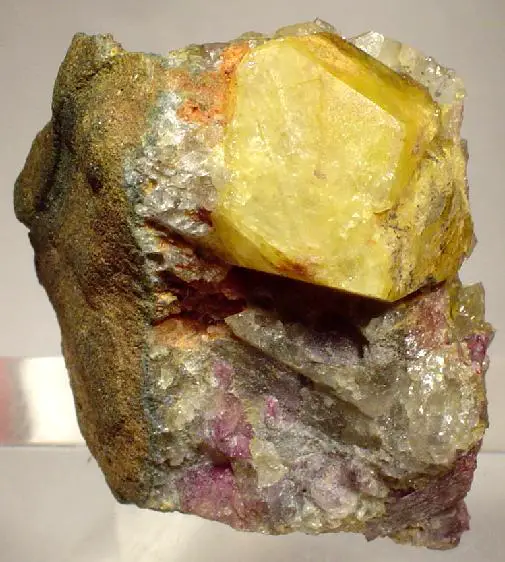
Londonite crystals have been found just in three locations: a) near Antandrokomby in the Manandona Valley (Antsirabe Region); b) near Ampanivana (Betafo Region); and c) near the abandoned village of Antsongombato (Betafo Region) – the only find of gem-quality londonite crystals in the world.
These pegmatites formed in the crystalline rocks of the Proterozoic Itremo Group. Usually, pegmatites are belts – layers of large crystals in otherwise usual small-crystalline rock and this is the case in Antsongombato as well. There the pegmatite belts can be more than 500 m long and, mostly some 30-40 cm wide, in some places becoming up to 6 m wide. All gem-quality londonite comes from just one of these pegmatite dikes.
These pegmatites are rich in other fine minerals, such as red tourmalines, beryls, béhierites, and schiavinatoites – the last one also is found only in Antsongombato!
It is very hard to distinguish londonite and rhodizite. Sometimes even one crystal can have patches of rhodizite and londonite in it.
Crystals of these minerals are up to 8 cm large and may have no color at all or be white, yellow, and deep brownish-yellow. Londonite is hard – 8 on the Mohs scale, and it has no cleavage. Both are great qualities for gems.
But – there is also a drawback: the yellow color of londonite fades if the jewel is under direct sunlight. The saturation of the yellow color can be improved by irradiation, but this coloration will fade in sunlight even faster.
References
- Brendan M. Laurs, Federico Pezzotta, William B. (Skip) Simmons, Alexander U. Falster, and Sam Muhlmeister, Rhodizite-Londonite from The Antsongombato Pegmatite, Central Madagascar. Gems & Gemology, Winter 2002. Page accessed on the 29th of December 2022.
- Simmons, W.B., Pezzotta, F., Falster, A.U., Webber, K.L., Londonite, a new mineral species: The Cs-dominant analogue of rhodizite from the Antandrokomby granitic pegmatite, Madagascar. Canadian Mineralogist: 39: 747-755. Page accessed on the 1st of January 2023.
Antsongombato Gemstone Mine is included in the following article:
 Linked articles
Linked articles
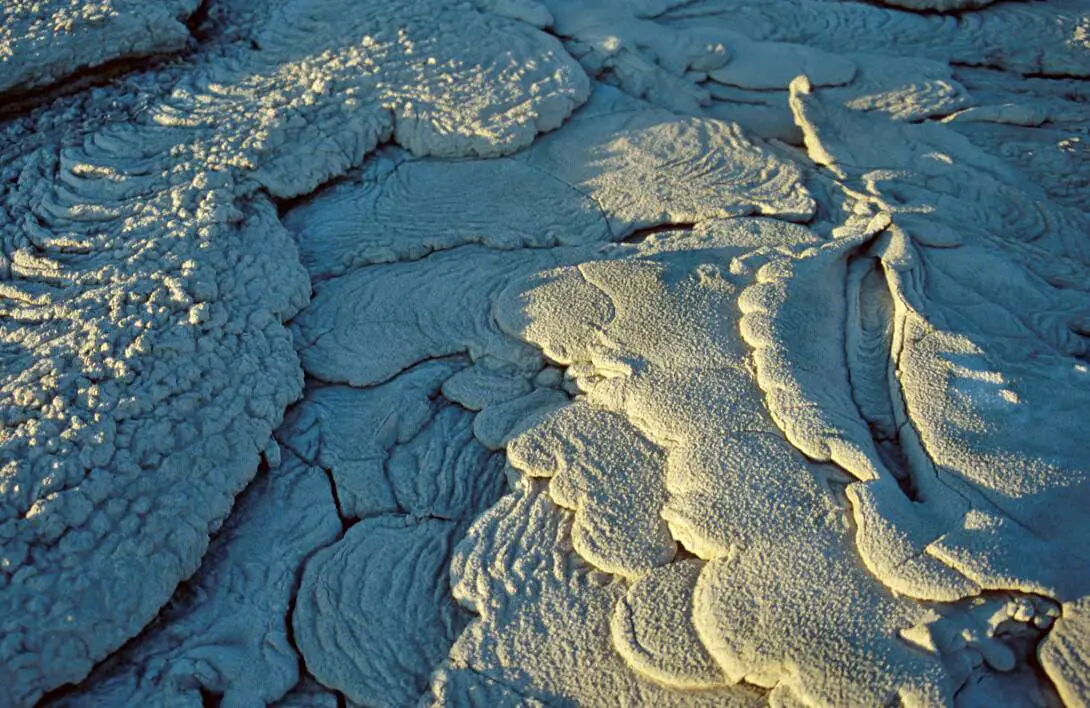
Rare natural materials
There are places in the world, where one can find such materials which are not present anywhere else on Earth – or can be found just in a few places. These wonders are included in the category of rare natural materials.
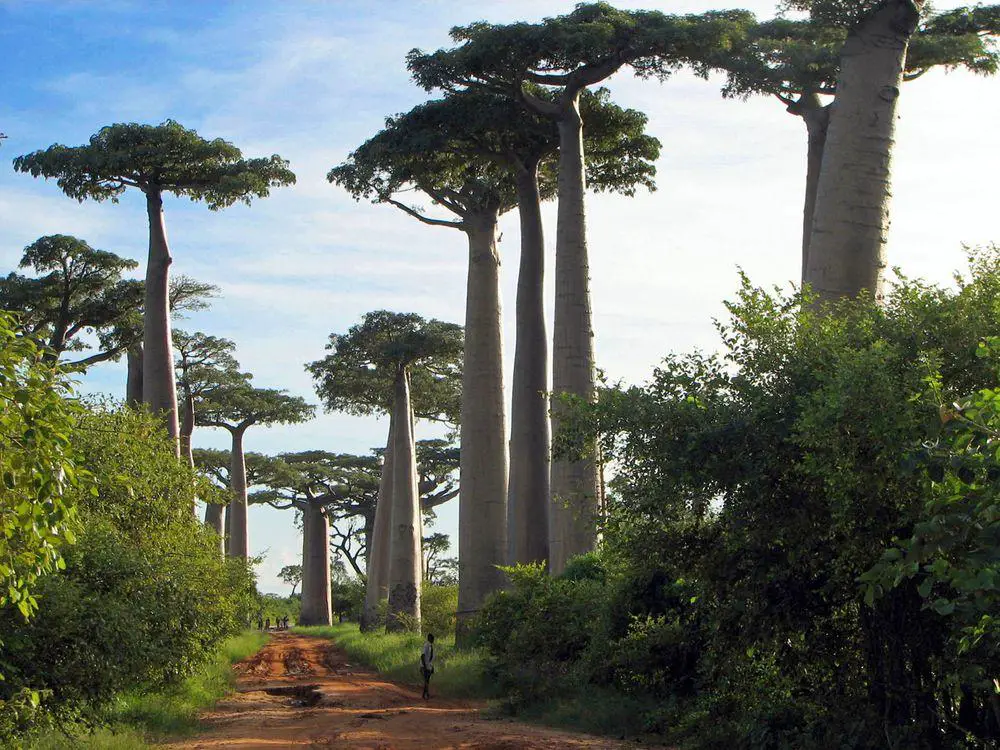
Wonders of Madagascar
Madagascar is affluent with surprising natural landmarks – created both by geological processes and living nature. Highlights of Madagascar are karst features, unusual ecosystems, and gorgeous and rare gemstones.
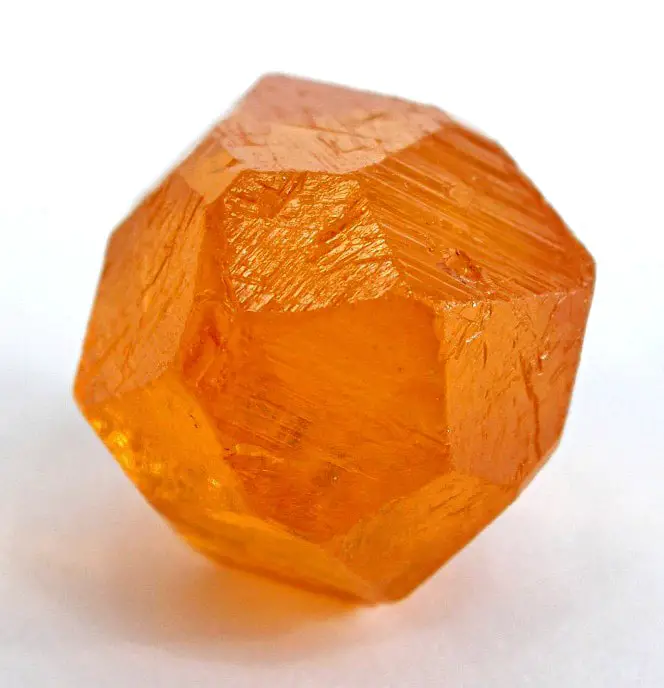
Gemstone finds
Gemstone finds are locations where are found rare and beautiful stones which that can be used for jewelry and have high market value.
Many finds of gemstones, such as jadeite mines in Guatemala or Sar i Sang lapis lazuli mines in Afghanistan – have been used for millennia and are legendary places.
 Recommended books
Recommended books
The Jeweler’s Directory of Gemstones
Using The Jeweler’s Directory of Gemstones, written by an expert gemstone dealer and designer, will provide any consumer with the insider knowledge needed to make accurate judgments of gemstones, to recognize low- and high-quality stones, and make a good buy rather than a bad one.
Rare Gemstones and Unknown Precious Stones
Diamonds, Pearls and so on we know. But have you ever wondered what other great gems and precious stones exist apart from the ones we usually know? This book tells you more about them in an easy-to-follow way. You will also read some stories about famous stones and get some buying tips.

